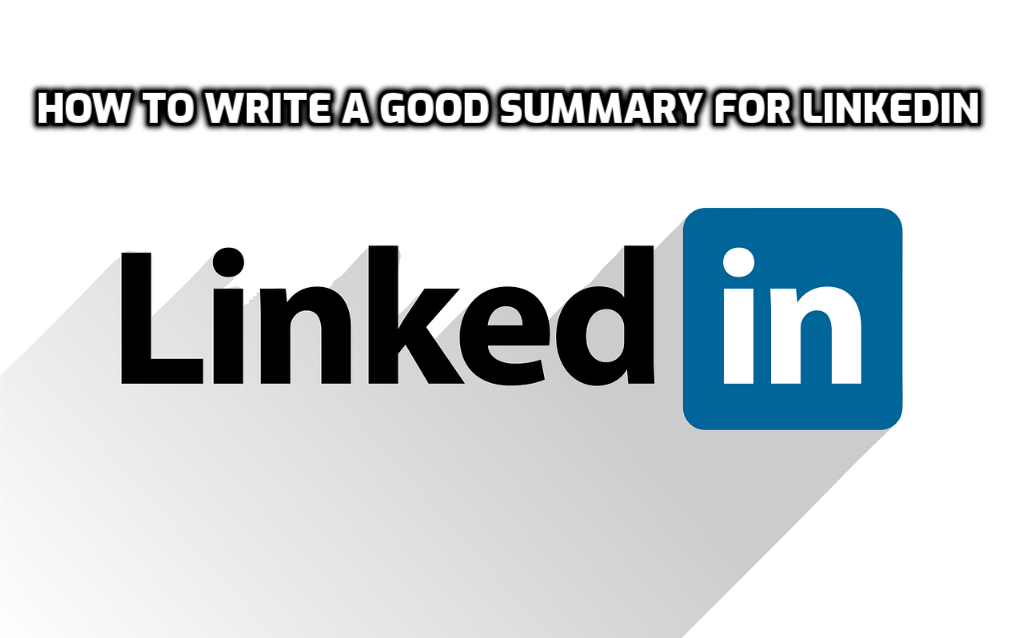
LinkedIn is one of the most popular places to look for a job. LinkedIn is great for finding your next position or employer because it has more than 700 million job seekers and employees. And to get an excellent job through LinkedIn, people need to write good summaries that make employers want to hire them. But do you know how to write a good summary for LinkedIn?
Job seekers need to improve their profiles if they want to find more jobs. They should upload a professional-looking photo, list their job experiences, add skills to show what they can do, and, most importantly, write a summary. The summary is the first thing recruiters look at; after a quick look, they usually decide whether to look at the rest of the profile.
You may ask why? This person’s profile might have something precious for the company even though they didn’t write a good LinkedIn summary. This could happen. But most of the time, this is different from how the mind works. If we can find something unique, wise, happy, fun, or even annoying at first glance, we tend to lose interest and move on to something else. When recruiters look at the profiles of job seekers, this very human fact doesn’t change.
Also, in the age of Twitter, it’s essential to say what you want in a few words. This shows that the person knows themself and can show it to others quickly. Because it is so essential in business, recruiters put more weight on this skill than we might think.
As we’ve seen, job seekers must write better LinkedIn summaries if they want their profiles to stand out. If you are one of them and want to find more job opportunities, get the attention of big companies, or get the job of your dreams, here is an essential guide and list of some tips to improve the quality of your LinkedIn summaries.
How to Write a Good LinkedIn Summary, Step by Step
Here’s how to write a good LinkedIn summary, step by step.
Talk about who you are
First of all, you need to say who you are. Stay away from long explanations and focus on what makes you unique. What job(s) do you do that define you? What is the best skill that you could use to help clients? What makes you the person you are? Your answer(s) to these questions must be at the beginning of your summary. It’s not all that different from what we say when we first meet someone. First, we display our names and then ask, “Okay, what do you do for a living?”. This is also what potential employers want to know about you. So, tell them something short but exciting!
Tell me what your goal is
Okay, so now the boss knows who you are. In the second step, give a few more specifics. Explain how the companies can benefit from your skills. Talk about what you hope for and what you want to achieve. Or what you’ve done or accomplished before (namely, your work experience). This step is crucial because it shows why an employer should hire you. People all over the world have skills like yours. How you use your skills is what sets you apart from them. But again, be careful. Keep things simple and clean. No one will read a summary more than 5 to 10 lines long.
Hit Hard
Now the employer knows who you are and what your skills are good for. To end your summary, you must find a strong sentence that ties everything together. It can be the “summary” of your resume, a ruling that best describes your skills or even a joke you like to tell your friends. You can choose based on your style or the kinds of jobs you’re looking for. Here, it’s essential to use a sentence that is catchy and hard to forget.
How to Write a Good Summary for LinkedIn
Here are some excellent suggestions for writing a good summary:
Select Your Goal
Every text is written with a specific goal and audience in mind. You can’t write a book like Kafka’s and send it to kids. Or, an academic journal isn’t usually the place to find an article like “5 ways to improve your sex life.” As the person writing the summary, you should decide who it is for (s). This will tell you what style to use to get your readers’ attention.
Use the first-person pronoun
Some people copy and paste their biography into the summary section. This is a terrible idea, and it would help if you didn’t fall for this trick. It would help if you said what you think and feel. To do this, you should talk about “I.”
Pay attention to your hard skills
You can do well in an interview and get the job you want if you have soft skills. But you still need to get here. Even though they are essential for a good discussion, you should leave them out of your summary. You can’t just say, “I’m self-confident, energetic, and hard-working” in your resume. You have to show that you have these skills in person. Pay attention to your hard skills. It would help if you stressed “facts” to people who might hire you in the future. Before the interview, they can’t be sure if you have self-confidence, but they might have a better idea if you know your work history and “tangible” skills.
Utilize Numbers
We like numbers a lot. They are simple and easy to understand and measure, and we know we can rely on them. So, using simple statistics about your previous jobs or putting numbers like “B2” or “C1” next to your language level would make your summary look better.
Put in a few keywords
Most of the time, employers look for words that describe the kind of employees they want. Find the keywords that catch their attention if you’re going to show up more in their searches. Find at least five keywords and use them in your summary.
Describe yourself
As was said above, employers usually look at your skills, experience, and how well you use the language. But if you add one or two skills that have nothing to do with your job to your summary, it shows that you are unique and authentic. Employers will see you in a better light if you have skills, hobbies, or jobs outside of your work field. You can also make people laugh! The places where people work is usually dull, unpleasant, and grey. If your summary makes the person who reads it laugh, even for a second, it will brighten their day and be easy to remember. No one expects you to write a summary like Louis C.K. or Ricky Gervais might have done. This would not be right. But it would be great to tell one or two jokes.
Do Something!
People tend to do what we ask of them when we tell them to. So, at the end of your summary, you could say, “If you think I’d be a good employee, write to me!”. But make sure a sentence like this fits the style of your summary.
To wrap up, here’s how to write a good LinkedIn summary:
In this article, we talked about improving the summaries we use on LinkedIn. It’s important to remember that these are just tips and not rules or rules of thumb. You may use different techniques or even develop new ones, and this is up to you in every way. The most important thing here is to figure out what you want and how you want to say it. I hope what you just read was helpful, and I also hope you find the job of your dreams as soon as possible. Now, open your computer and start writing your summary!
FAQs
Why should I take the time to write a summary for LinkedIn?
Your chances of finding work will improve as a result.
How should I go about writing a summary for LinkedIn?
Mention your professional skills first, then explain how you put those skills to use, and then wrap up with an impactful sentence.
Where exactly can you find my professional summary on my LinkedIn profile?
It can be found at the very bottom of the highlights section.
When writing Lincoln summaries, is there a character limit that must be adhered to?
The answer is yes. The maximum number of words for your summary is 2,000.
Where can I find examples of summaries that can be used on LinkedIn?
You can search on the internet using specific keywords such as "good LinkedIn summary examples" or "LinkedIn summary templates."

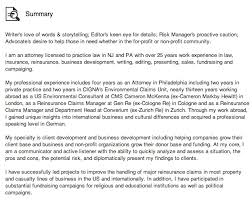
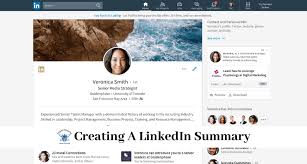
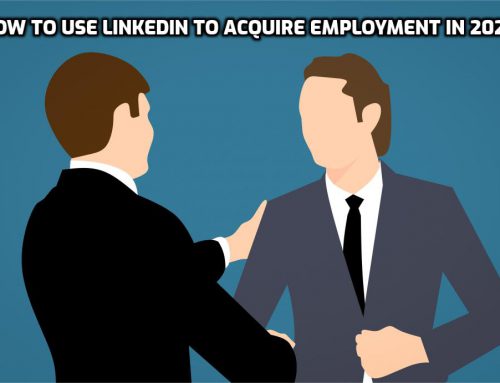
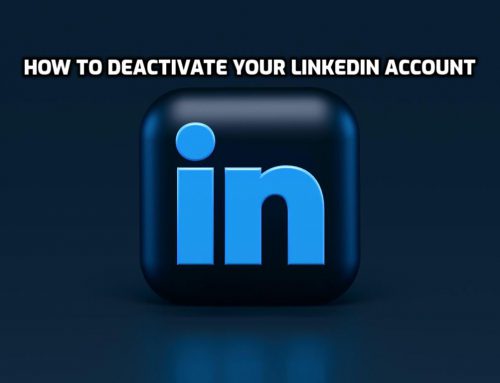

Leave A Comment